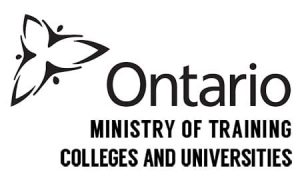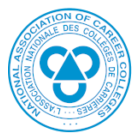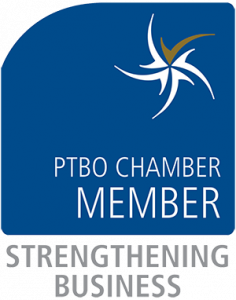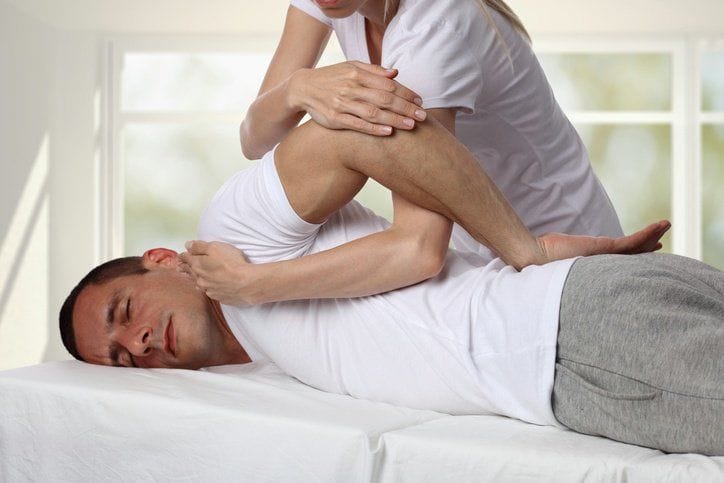
Proper posture is important for everyone, especially those whose jobs require them to sit for extended periods of time. Good posture can benefit our muscles and joints by relieving the amount of stress placed on them, reduce the amount of energy our body consumes, and even help to relieve pain and headaches.
Poor posture, on the other hand, could lead to adverse effects like misaligned bones and contracted muscles, and can even compromise the immune system. Here are a few ways that graduates of massage therapy courses can help to correct their clients’ posture, and contribute to improving their overall health and wellness.
Treatment for Poor Posture Begins with a Good Evaluation of the Client’s Body Symmetry
From their toes to their necks, there are several signs that a client’s body is not properly aligned. Apart from more obvious issues like a hunched back or misaligned neck, a massage therapist can examine the client’s waistline to see if it is completely straight, or evaluate whether their hips and pelvis extend outward in front of their feet. Massage therapists can also recognize poor posture by checking to see if the client’s knees point inwards rather than forward, or if they are stiff and do not align properly with their hips.
A massage therapist must then assess which of the client’s muscles and joints are receiving the most stress due to their posture. This allows them to determine which areas of the body they need to work on, and to select the right massage techniques. Professional massage therapists should check for overly tense muscles and stiff joints, and ask their clients about their lifestyle in order to narrow down what habits may be causing their abnormal posture.
Grads of Massage Therapy Courses Rely on a Variety of Techniques to Help Posture
There are plenty of massage techniques that professionals with massage therapy training can use to help improve their client’s posture, such as Swedish massage. A Swedish massage can be used to treat the entire body, promoting greater muscle relaxation and blood circulation. The technique may also help to relieve pain caused by stiff joints and muscles surrounding the spine by stretching and loosening them, improving a client’s flexibility.
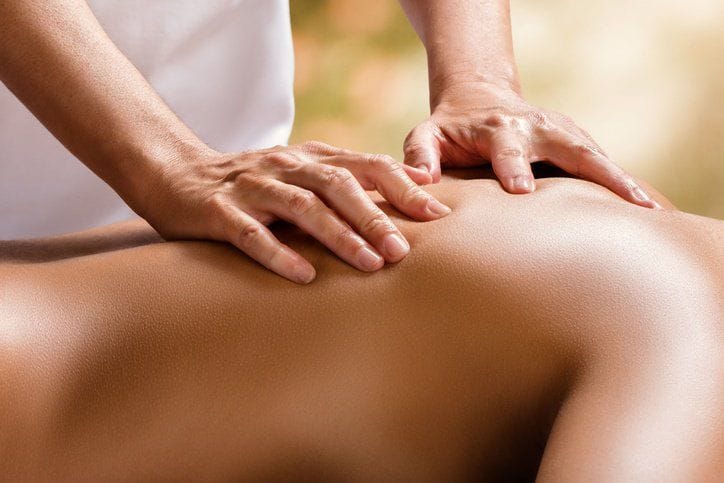
Swedish massages are common and can help treat a variety of ailments
Massage therapists can also help improve their clients’ posture by turning to deep tissue massage to loosen tighter muscles that may be causing the issue. Like Swedish massage, deep tissue sessions will result in an improved range of motion and overall flexibility, and can help to alleviate some of the pain caused by postural misalignment.
Professional Massage Therapists Can Suggest a Few Home Care Techniques for Improving Posture
While the initial massage treatment is important for improving a client’s alignment, following proper home care techniques can make sure they maintain good posture. Grads of massage therapy courses can suggest that their client’s practice chin tucks, which is a very simple exercise that involves bringing their chin in line with their sternum. This can help straighten the neck and upper body.
Clients can also take some simple steps towards improving their posture in their day-to-day lives, like practicing sitting down properly in a chair using their hip joints instead of their neck and lower back. Over time, this will help them develop good postural habits and lessen the risk of further problems.
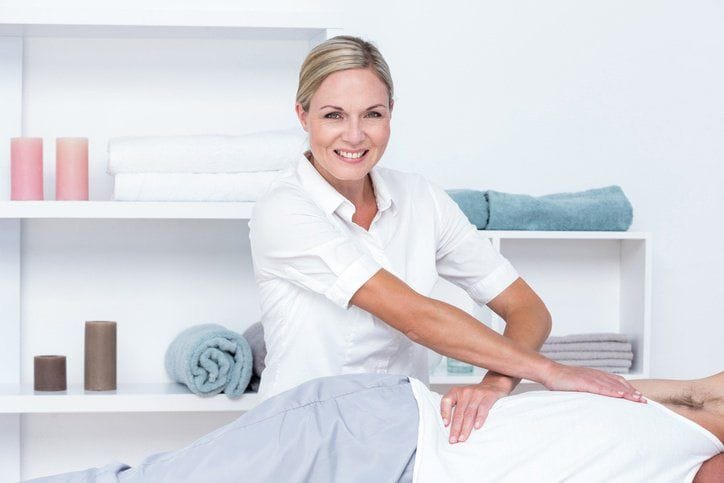
Massage therapists can help clients develop good postural habits
Are you interested in enrolling in a massage therapy program?
Contact Oxford College today to speak to an advisor.

